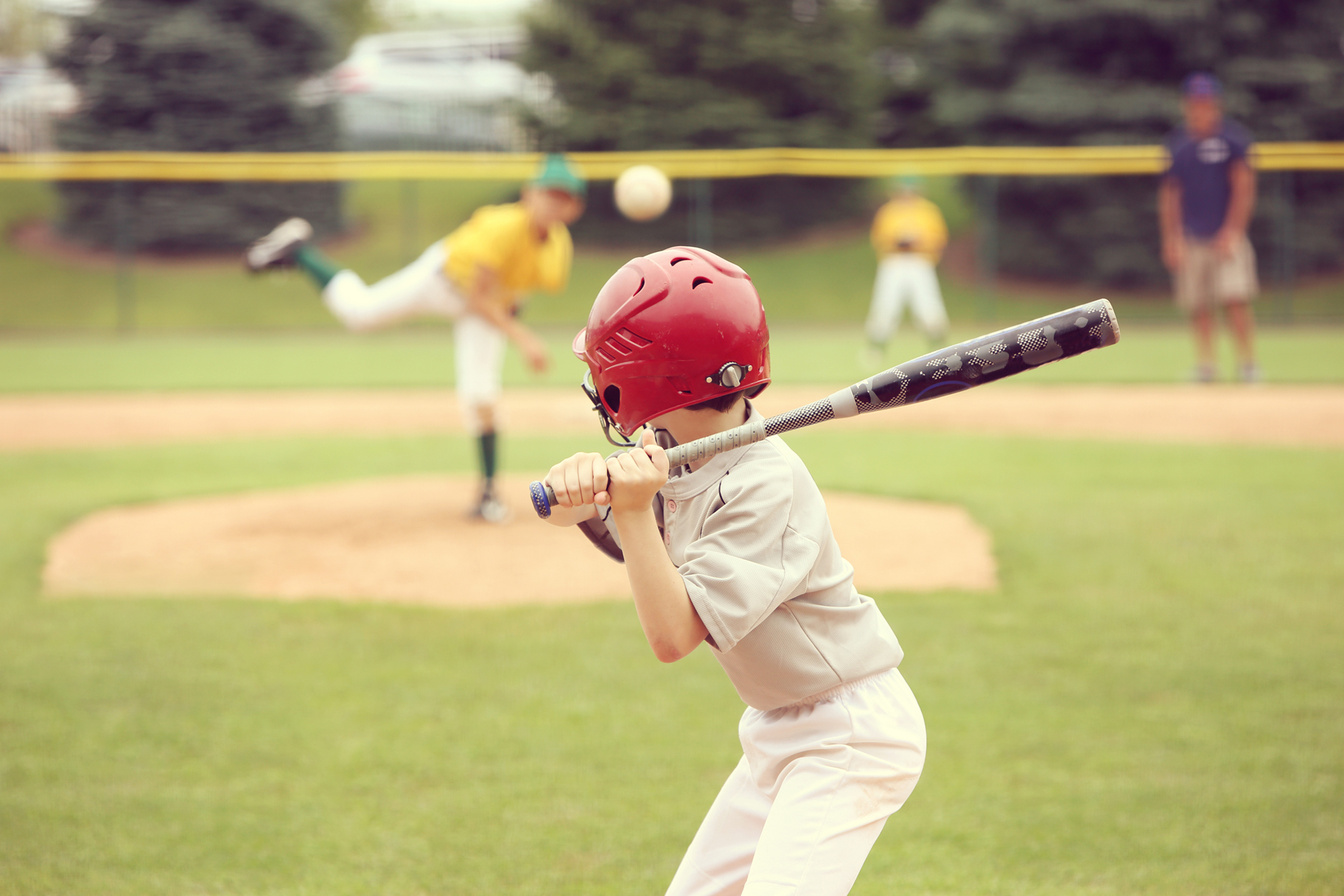First aid kits are important for any physical activity but are a necessity for sports that require a lot of physical activity, like baseball. Most sports-related injuries are the result of falls, being struck by an object, collisions and overexertion. Make sure you have everything you need to treat minor injuries that happen between the lines.
If your child is injured while playing baseball, the best treatment plan is RICE: rest, ice, compression and elevation. Rest the injured area until it can be evaluated by a physician, apply ice in increments of 15-20 minutes for the first 48-72 hours, wrap the injured area and elevate it above the heart to reduce swelling.
If your child has significant swelling, numbness or tingling, an inability to bear weight on the joint, an inability to move or bend a joint, or they’re experiencing lingering pain after a period of rest it’s crucial for them to see a medical professional as soon as possible. Their doctor will perform a physical exam, diagnose the injury and provide appropriate treatment to avoid further complications.
Ten baseball first aid kit essentials
While the manager of your child’s team should have all the necessary first aid supplies, it’s always a good idea to be prepared. Here are 10 must-haves for your baseball first aid kit bag:
- Bandages in various sizes
- Elastic wraps for compression
- Athletic tape to splint sprained joints or secure bandages
- Gauze pads to protect minor scrapes and cuts
- Hydrogen peroxide to wash out minor cuts and scrapes
- Instant ice packs to reduce minor swelling and other impact injuries
- Latex gloves to protect minor wounds from dirt, bacteria and infection
- Scissors to cut athletic tape to correct size or to help remove dressings
- Antibiotic ointment to help prevent and treat minor skin infection caused by small cuts or scrapes
- Hand sanitizer to clean your hands before and after treating injuries
What to do if your child gets hurt
It can be a harrowing experience to witness your child getting hurt on the diamond. As a parent, it’s important to be mentally and emotionally prepared as well. Here are a few ways to get you and your child through the situation calmly and safely:
- Follow your team manager’s lead for minor injuries
For organized sports, the manager of your child’s team has most likely been trained to handle minor injuries. Follow their lead and be prepared to help as needed. - Stay calm
Your child may be frightened or upset about their injury, so it’s important to remain calm and offer your child some reassurance. - Determine whether medical care is needed
Assess the injury, talk with the team manager, and seek immediate medical care if your child is experiencing limited range of motion, severe pain or swelling, or if there is bleeding that’s difficult to stop.
When to see a doctor for a sports-related injury
A safe (and fast) return to physical activity following a sports injury depends largely on early recognition and treatment. Your child should seek urgent medical care for the following:
- Symptoms that do not go away after rest and home RICE treatment
- Any undiagnosed and untreated condition that affects training or performance
- Any condition or injury that may put other players at risk
According to the Centers for Disease Control and Prevention, more than 60 percent of sports-related injuries involve strains, sprains and fractures. If your child has suffered a sprain, strain or fracture, seek urgent medical care to avoid further complications. The skilled physicians at Thibodaux Regional Urgent Care – Thibodaux are skilled and experienced in the diagnoses and treatment of severe sprains, strains and fractures. We welcome walk-in appointments 7 days a week from 9 a.m. – 8 p.m.

